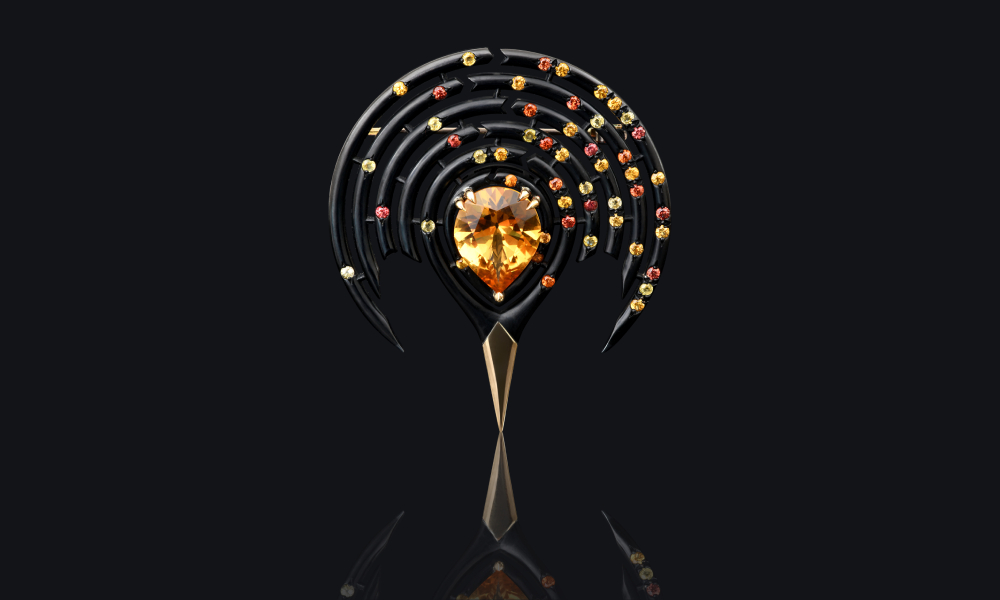French designer and jeweller CAPUCINE HUGUET honed her craft through a four-year educational journey at the esteemed Haute Ecole de Joaillerie de Paris. Capucine’s vision transcends the conventional notions of sentimental value typically associated with jewellery. She believes that jewellery as an artistic medium must convey messages about the environment and create ecological awareness among consumers. As a passionate environmental advocate, she utilises jewellery as a platform to express her ideas. Here’s her exclusive interview with Solitaire International.
Capucine Huguet always knew that she would be a jewellery designer. She honed her craft through a four-year educational journey at the esteemed Haute Ecole de Joaillerie de Paris. During her time there, she immersed herself in the intricate techniques and traditions of this art form while gaining invaluable experience through internships at Cartier and Van Cleef & Arpels.
In 2018, Capucine, an environmentalist at heart, realised that jewellery could be a powerful medium to convey stories about our planet’s rich biodiversity and the urgent need to preserve it. Motivated by this purpose, she enrolled in the Master of Jewellery Design at Central Saint Martins School in London, from which she graduated at 23, and six months later, she founded her brand Capucine H.
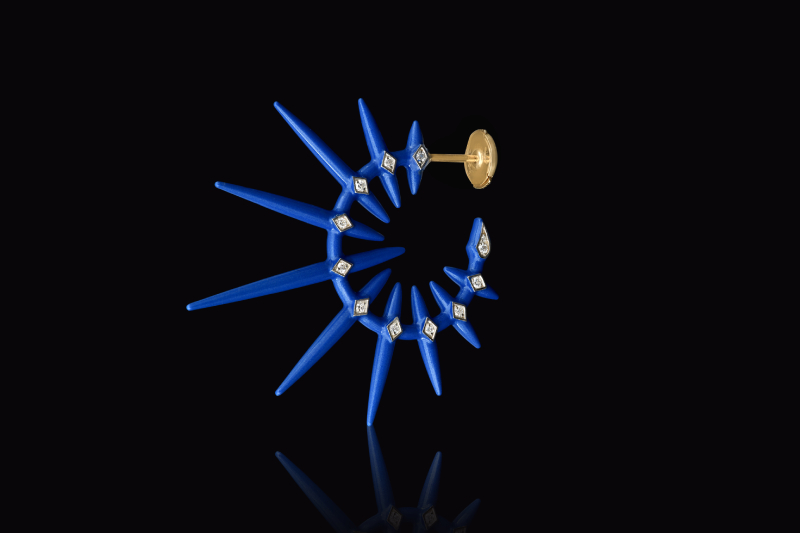
How and why did you join the world of jewellery designing? We would like to know more about your journey.
I always felt attracted to the jewellery world because I loved rocks and gemstones, I was the little girl collecting all kind of rocks when I was young! I also loved drawing and creating, so I think I was 7 or 8 when I decided I will be a jeweller!
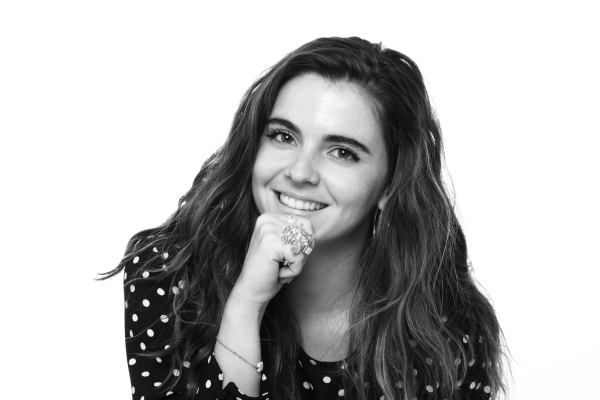
When and how was the brand born?
I founded the brand in 2021, because in 2020 I was working on my MA graduate collection about the ice melting in the Arctic. I was so passionate about the subject that I decided I wanted to spend the rest of my life creating jewellery which highlights environmental issues. I just did not want to create pretty things, I was desperately looking for creating jewels which carry our values.
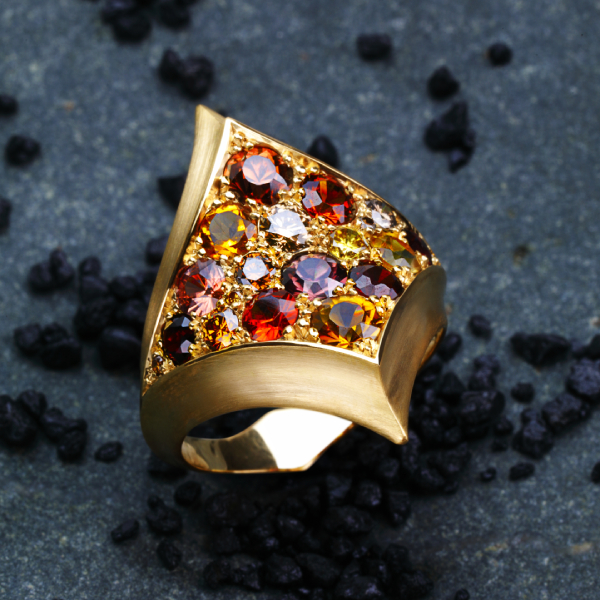
You are an environmentalist artist at heart. How do you view jewellery designing differently?
I deeply believe the jewels we wear tell a story about us, but there aren’t jewels about environmental topics, and I don’t understand why. Jewellery, akin to other art forms, can serve as a canvas for artists to express environmental concerns, much like we have seen artists such as Vivienne Westwood, Olafur Eliasson, Ludovico Einaudi, and others do in their respective fields.
I want to be a jewellery designer who uses her jewels to connect people to our beautiful planet.

How do your ethical and environmental values influence your design process and the materials you choose for your jewellery creations?
For the design process, I choose one specific topic for each of my collections and then I try to learn the most about it. I watch documentaries, read books, and meet specialised scientists. When necessary, I also go on the field to study the topics. For instance, I went to an expedition to the North Pole in order to work on my first collection about the ice melting in the Arctic. This is the first step of the design process, and it takes months to collect all the data. Then, I ask myself how to create jewellery which communicates this data and the stories that I have learnt. The second step is designing. I need time to deeply immerse myself with the topic and find connections, and this step also takes months.
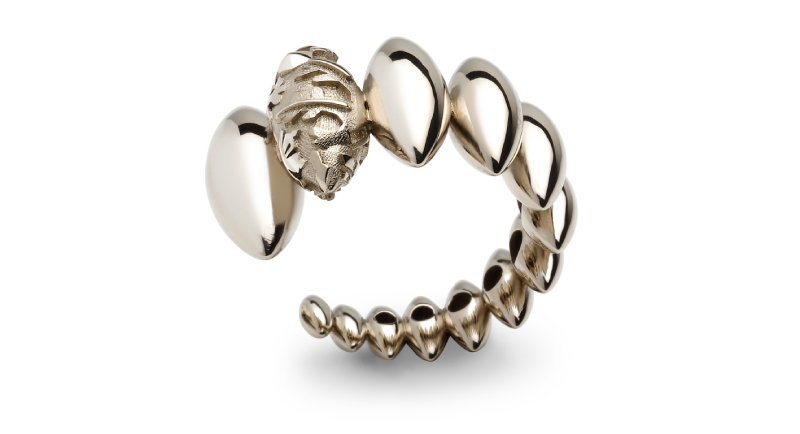
Could you share some specific initiatives or practices you’ve implemented in your jewellery design business to minimize its environmental footprint and promote ethical sourcing and production?
In order to minimise environmental footprint and promote ethical sourcing and production, I only work with 18-karat recycled gold, antique diamonds, ethically sourced coloured-gemstones, including unheated and untreated sapphires. All my jewels are made in Paris, mostly made-to-order to avoid overproduction, and each month I give back a part of my profits to Climeworks, a startup which captures CO2 in the atmosphere!

Many consumers today are seeking sustainable and ethical products. How do you communicate your commitment to ethics and environmental responsibility to your customers, and what role do they play in driving positive change in the jewellery industry?
I am thrilled to see people asking more and more questions about sustainability in the jewellery industry! Personally, I communicate about my commitment through my social media, but also on my website. There, one can find many resources (my manifesto, blog articles, etc.,) that explain the best the materials I use, where do I source them, how do I work in Paris, etc. On each product, you can also find a description that explains why I created the piece and what it communicates about the planet.
Tell us about your major inspirations?
My major inspirations are nature and science for sure! It can be biology, astronomy, glaciology … I love to understand how the world runs, why it is endangered right now, and how to highlight these environmental topics!
And the three things that often recur are Nature, science and telling a story!
What is a day in the life of Capucine?
Every day is different, and this is what I like about my job (laughs). But usually I do the “computer stuff” in the morning: working on the website, the shipping, the bills, etc.
In the afternoon, I meet my clients or the artisans I am working with, my stone setter or my caster, for instance. This is also when I source gemstones. If I don’t have appointments, then I am working in my studio.
I also love working at night, when I need to do creative work such as like designing or making. Nights are more peaceful, and nobody disturbs me!
What are your hobbies?
My hobbies, apart for jewellery, are plants, I do have so many, cats, and being outside! I love to go for a walk in the forest or by the sea! I can be traveling, discovering new landscapes, or just close to my home. I also really enjoy doing snowboard!

